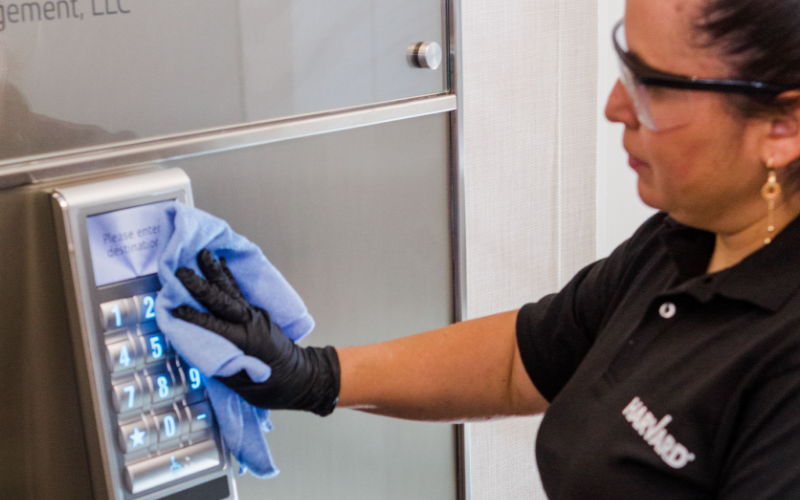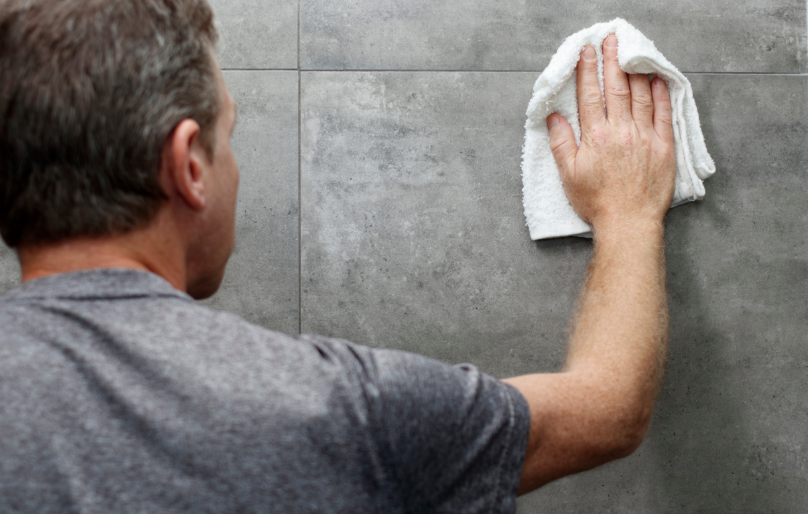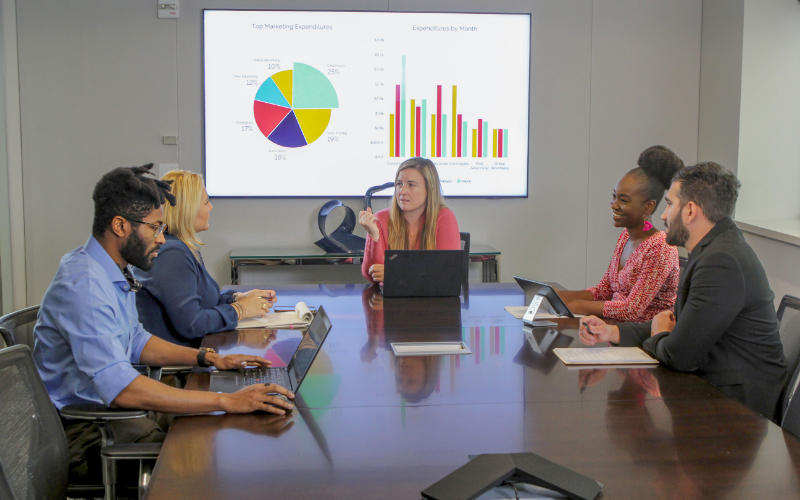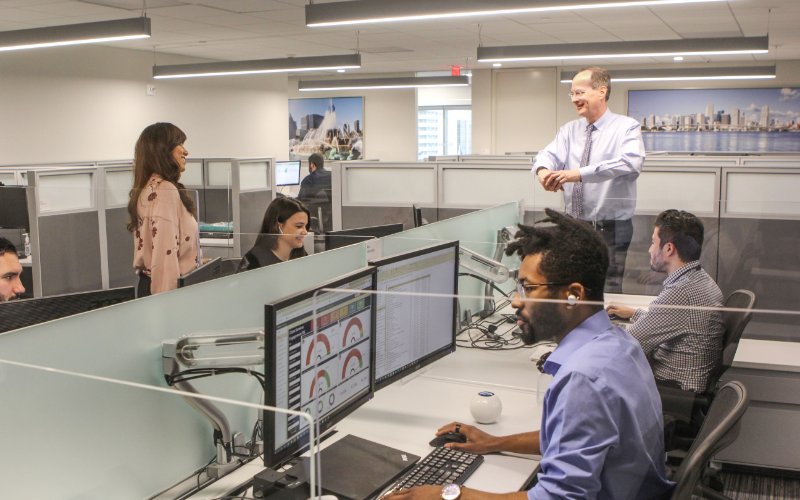The first step when developing an enhanced cleaning regimen is to conduct a![]() facility risk assessment to identify when and where to clean, sanitize, and disinfect. Understanding the differences between each cleaning technique – and how to deploy them properly – can help reduce the spread of harmful pathogens on fomites, and ultimately keep facilities clean and safe.
facility risk assessment to identify when and where to clean, sanitize, and disinfect. Understanding the differences between each cleaning technique – and how to deploy them properly – can help reduce the spread of harmful pathogens on fomites, and ultimately keep facilities clean and safe.
CLEANING
WHAT – Cleaning removes dirt, organic matter, and other impurities fr om surfaces and objects. This process does not kill germs, but rather ensures that germs are not hidden from the disinfectant when applied.
WHEN – Cleaning is the first step, before disinfecting, in an enhanced cleaning regimen.
WHERE – All surfaces – especially high-touch surfaces (for example: doo r knobs, elevator buttons, water coolers, etc.) – must be thoroughly cleaned.
HOW – Cleaning is done by applying friction with a microfiber cloth to surfaces and using soap (or deter gent) and water to physically remove germs, biomass, and inorganic material. This process is important so that remaining germs are not hidden from the disinfectant when applied.
SANITIZING
WHAT – Sanitizing reduces the number and growth of bacteria, viruses, and fungi to a safe level as identified by a public health standard.
WHEN – Sanitizing will occur in accordance with the standards set for the environment. For example, in a restaurant, a dishwasher may be required to sanitize every plate after it has been used.
WHERE – All surfaces can be sanitized depending on the need and level required. The technique is most commonly used in food service areas or in environments with cracks and crevices where transient and pathogenic flora can thrive.
HOW – The exact application and products used to sanitize will depend on the environment and the standards followed. Facility managers should speak with their commercial janitorial services partner to determine how to sanitize their facility.
DISINFECTING
WHAT – Disinfecting is the logarithmic reduction in microorganisms as verified by laboratory testing. Disinfecting kills 99.999% of germs on surfaces and objects, including invisible microorganisms. There are three levels of disinfection: High, Intermediate, and Low. Low and intermediate level disinfection can be
performed by a facility service manager , but high-level disinfection cannot because it is not safe for human application.
WHEN – Disinfecting occurs after the cleaning process (some products may clean and disinfect at the same time). The frequency of disinfection required for environmental surfaces is determined during a facility risk assessment.
WHERE – All contact surfaces – especially high-touch surfaces – should be disinfected on a regular basis to prevent the spread of illnesses. Priority surfaces include but are not limited to doorknobs, light switches, elevator buttons, stair rails, soap and paper towel dispensers, and restroom fixtures.
HOW – Disinfecting works by using EP A-registered chemicals that have been verified by laboratory testing to kill germs on surfaces and objects.
























